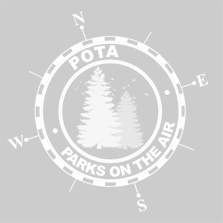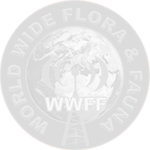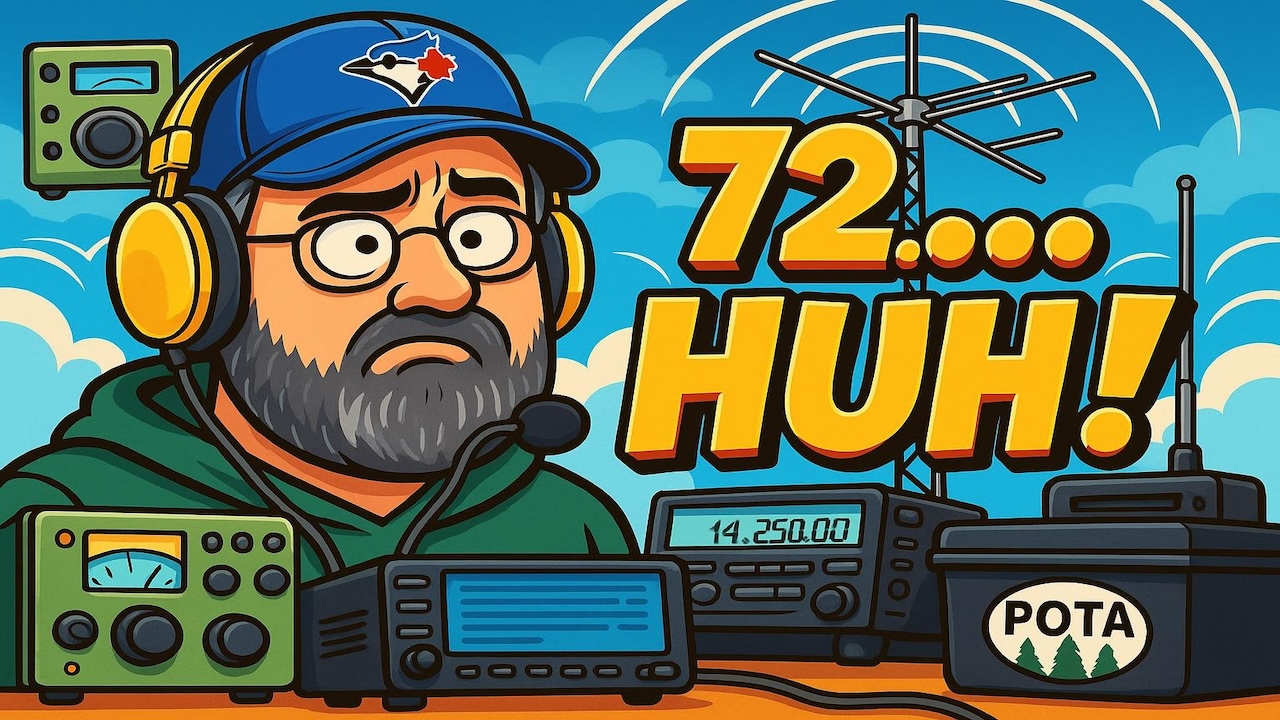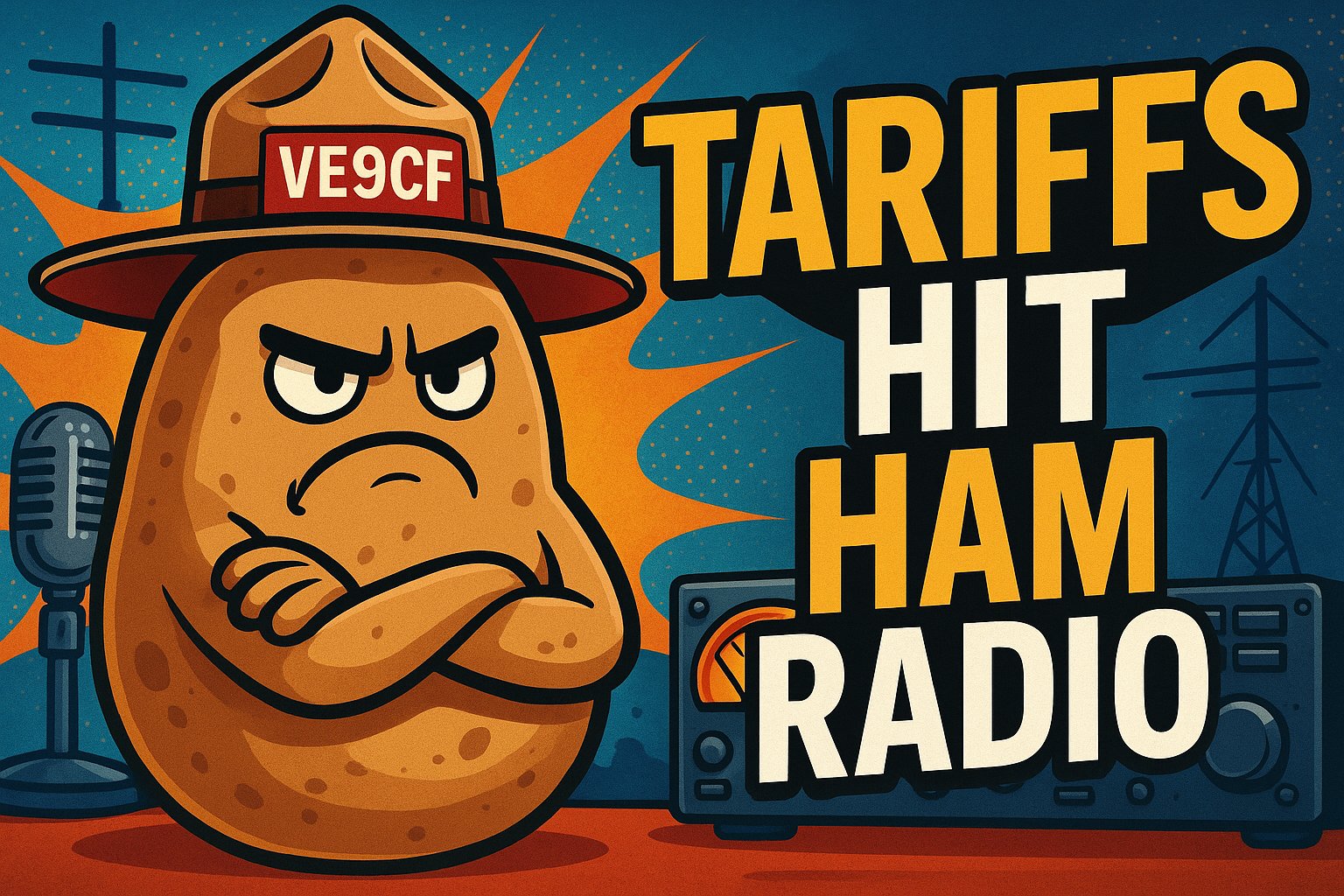Do Canadian Amateur Radio Operators Need To Identify In A Visiting Province While Travelling? Understanding Cross-Provincial Requirements
Canadian amateur radio operators often wonder about identification rules when traveling to different provinces. Uncertainty over proper procedures can dampen the excitement of exploring new areas and connecting with fellow hams. When visiting another province, Canadian amateur radio operators should identify (not legally required) using their home callsign followed by the portable designator for the visited province.
For example, if you're from Ontario (VA3) and visiting British Columbia, you'd identify as "VA3XXX portable VE7" on voice or "VA3XXX/VE7" on CW or digital modes. This practice helps other operators understand your location and ensures compliance with regulations.
Remembering to add the portable designator may take some getting used to, but it's an integral part of amateur radio etiquette. It allows for clear communication and helps maintain the spirit of reciprocal operating agreements between different jurisdictions.
Key Takeaways
- When visiting another province, you should use your home callsign with a portable designator.
- The portable designator consists of the prefix for the visited province (e.g., VE7 for British Columbia)
- Proper identification helps maintain clear communication and comply with amateur radio regulations.
For Canadian Amateurs operating outside their home call area, signing “portable” has not been required for about forty years. However, signing “portable” and indicating the call area where you are located is good Amateur practice, widely accepted, widely expected and a darned good idea. I do it, and I strongly encourage anyone to do it.
Overview of Amateur Radio Operator Identification Requirements
Canadian amateur radio operators have specific rules for identifying themselves on the air. These rules apply both at home and while traveling within Canada.
Canadian Regulation Basics
Amateur radio in Canada is overseen by Innovation, Science and Economic Development Canada (ISED). You need an Amateur Radio Operator Certificate with Basic Qualification to operate. This certificate is earned by passing a 100-question exam.
When transmitting, you must identify yourself using your assigned call sign. This unique identifier lets others know who you are. It is essential to use your call sign at the start and end of each contact and at least every 30 minutes during longer conversations.
Identification While Traveling Within Canada
While traveling outside your home province, you don't have to add "portable" to your call sign. This hasn't been required for about 40 years, but Dave Goodwin with RAC says it's still a good idea.
Adding "portable" and mentioning your current location is helpful. It lets other operators know you're not at your usual spot. For example, you might say "VE3ABC portable VE7" if you're from Ontario but operating in British Columbia.
This practice is widely accepted and expected in the amateur radio community. It helps avoid confusion and promotes good communication among operators.
Procedure for Identifying as a Visiting Amateur Radio Operator
When visiting another province or country, amateur radio operators must follow specific identification procedures. These procedures ensure compliance with regulations and maintain clear communication.
Standard Operating Procedures
When operating in a different province, you need to identify yourself using your call sign. Add the portable designator "/VE" followed by the province number you're visiting. For example, if your call sign is VE3XYZ and you're visiting British Columbia, you'd identify as VE3XYZ/VE7.
This identification should be done at the beginning and end of each contact. It's also good practice to mention you're operating portable.
Remember to log your contacts as you would at home. Keep your license with you at all times while operating.
What US Amateur Radio Operators Need To Do When Visiting Canada
You can operate under a reciprocal agreement if you're a US amateur radio operator visiting Canada. You don't need to apply for a Canadian license.
Use your US call sign followed by "/VE" and the number of the Canadian province you're in. For instance, if your call sign is K1ABC and you're in Ontario, identify as K1ABC/VE3.
You must follow Canadian amateur radio rules and regulations. Review these guidelines before your trip to ensure compliance.
Use of Call Signs in Different Provinces
You must modify your call sign when operating in different Canadian provinces. Add "/VE" and the number of the province you're visiting after your regular call sign.
Here's a quick reference:
- Ontario: /VE3
- Quebec: /VE2
- British Columbia: /VE7
- Alberta: /VE6
This system helps other operators quickly identify your location. It's crucial for emergency communications and contests.
Always announce your portable status during contacts. This practice helps avoid confusion about your actual location.
Best Practices for Identification on the Move
Proper identification is key when traveling with your amateur radio. You need to prepare in advance and keep detailed logs of your activities. These steps will help you stay compliant with regulations.
Advance Preparation for Travel
Before you hit the road, research the identification rules for the areas you'll visit. Check if you need to add a suffix to your call sign. For example, when crossing provincial borders in Canada, you might need to use your home call sign with the new province's prefix.
Pack a copy of your license and any needed permits. Make a list of local repeaters and their frequencies. This planning will save you time and prevent mistakes when you're on air in a new location.
Maintaining Logs While Travelling
Keep a detailed log of all your radio activities during your trip. Note the date, time, location, and frequency of each transmission. Include the call sign you used, significantly if it changed due to your location.
Use a simple format that's easy to update on the go. A small notebook or a mobile app can work well. Log any special event stations or rare contacts you make while traveling.
Accurate logs help you comply with regulations and can be useful if questions arise later about your operations.
Conclusion
When traveling to another Canadian province with your amateur radio, you must identify yourself correctly. This helps other operators know where you're operating from.
Add the visiting province's prefix after your call sign to identify correctly. For example, if your call sign is VA5KES and you're visiting Ontario, you'd say "VA5KES/VE3" on voice or CW.
Many hams appreciate this practice. It shows you're following proper etiquette and helps avoid confusion.
Remember, you don't need to add the suffix whenever you speak. But using it at least at the beginning and end of your contact is essential.
Similar rules apply when operating in the U.S., but thanks to a reciprocal agreement, you can use your Canadian license. Add "/W" or the appropriate U.S. call area number after your call sign.
Following these guidelines ensures smooth and compliant operation while enjoying amateur radio during your travels.

